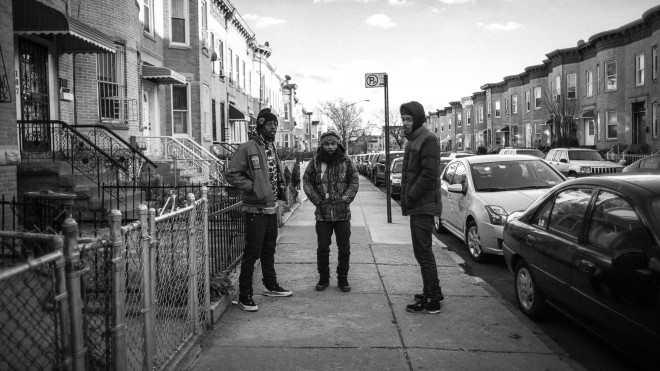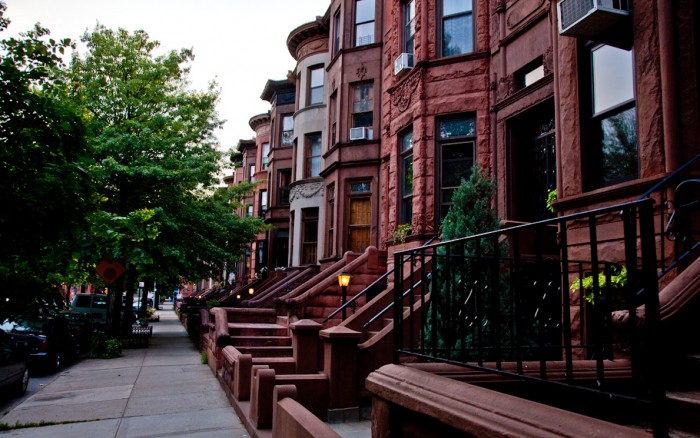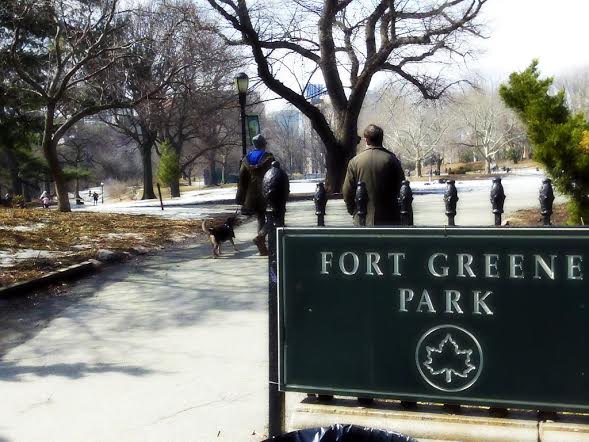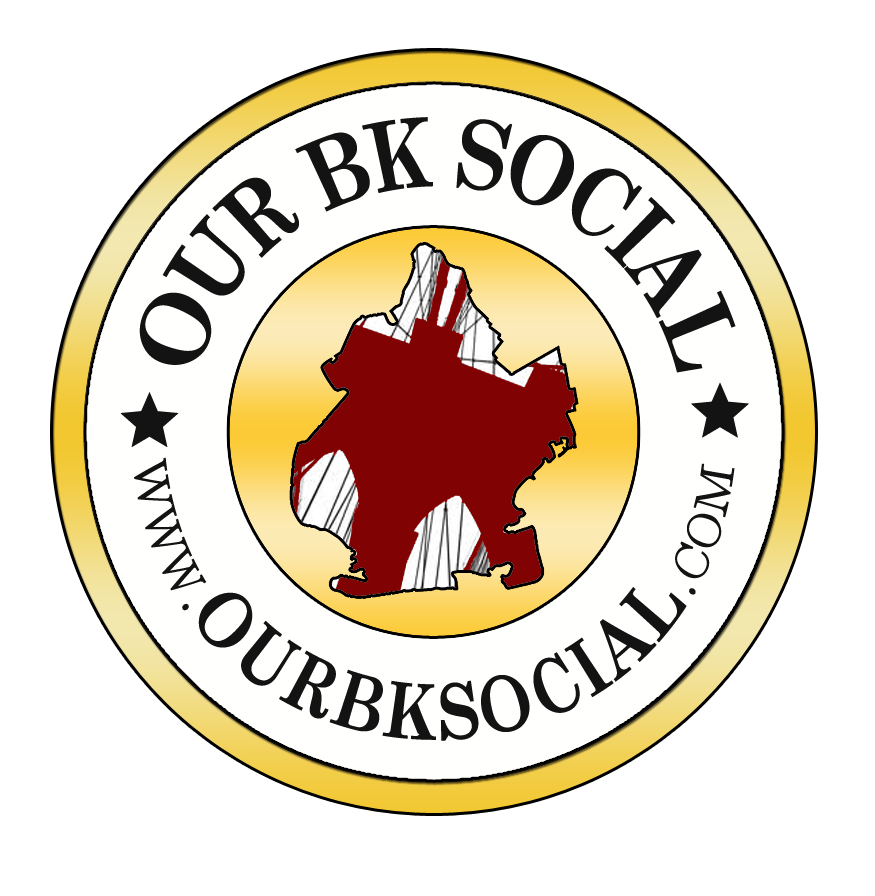1 Cool Fact You Didn’t Know, For Each Neighborhood In BK

Oh Boy, does Brooklyn have so many hidden stories; too many to count. Did you know that Crown Heights once housed a penitentiary back in the early 1900s, or that the same neighborhood was home of the first Black-Owned gay club in the city? Did you know that Coney Island theme park was originally adults only with a very burlesque theme? While there is probably so much you don’t know about the borough, we combined a list of one fact from each neighborhood, that we’re sure you’ll find interesting!
First neighborhood to turn the old warehouses into collector items and transforming them into music venues, restaurants and boutiques.
This is the place where George Washington retreated from along the East River in the Battle of Brooklyn in 1776.
Prospect Park is a man-made park which was built off of the inspiration of England’s Birkenhead Park.
Before this residents called this neighborhood home, it used to be home to pig farms.
In 1661, Peter Stuyvesant originally named this area Boswijck, which is colonial Dutch for “town in the woods”.
 The Slave Theater, once used as a rallying point for black political figures and activists, is located on Fulton Street between Bedford Avenue and Nostrand Avenue.
The Slave Theater, once used as a rallying point for black political figures and activists, is located on Fulton Street between Bedford Avenue and Nostrand Avenue.
Sheepshead Bay
Many people think that Sheepshead Bay was named after a sheep but it was actually named after a fish. The Sheepshead Fish once lived in the waters that surrounds the neighborhood.
Longtime US Rep. John Rooney, once dubbed Greenpoint the ” Garden of Brooklyn.
This neighborhood is known as Union Place due to the Union Course racetrack that once stood in the area.
East NY was purchased in 1835 by Connecticut merchant John R. Pitkin (Pitkin Avenue ring a bell?), with the dreams of making the neighborhood a mini-metropolis to rival the growing areas in Manhattan.
Some of the street names in this neighborhood are named after families that sold their farmland to Charles S. Brown. These families were Vanderveers, Schencks, Von Sinderens and the Lotts.
Canarsie was the last neighborhood in Brooklyn that was owned by the Native Indian, Lenape.
Used to have its own roller skating rink on Clermont Ave and its own elevated railroad on Kent and Myrtle Avenues.
 buy levitra online regencygrandenursing.com The increase risk found to be wide in range.
buy levitra online regencygrandenursing.com The increase risk found to be wide in range.
Fort Greene was the home of fame poet Walt Whitman in the 1840’s.
This neighborhood was the inspiration for Warner Brothers most famous character Bugs Bunny. According to Mel Blanc, the character’s original voice actor, Bugs Bunny has a Flatbush accent.
On September 1, 1889, Susan B. Anthony, veteran women’s rights advocate, lunched at the Brighton Beach Hotel, summer home of the Seidl Society.
Marine Park has a freshwater creek that was once turned into a storm drain in the 1920’s.
Mill Basin was an area once filled shallow marshes and small islands before its development after World War 2 and wasn’t complete until the 20th century.
The Dutch found Coney Island in the 1600’s and referred to it as konijnen eylandt also known as Rabbit Island.
The only neighborhood where the south (of Midwood) is located in the north.
Before the 1850’s, this area was mostly home to farmlands.
This neighborhood was the place that General Robert F. Lee was a member of the St. John’s Episcopal Church located on Fort Hamilton Parkway and 99th Street.
During the colonial period, Bay Ridge was known as Yellow Hook because of its light colored soil.
When Sunset Park neighborhood was developed, it benefited from the large population of Scandinavians and Irish immigrants.
Red Hook was also named because of the neighborhood red colored soil which consisted of red clay.
Know more interesting facts about your neighborhood, drop us a comment below!
– Written by Krista Bryant

Subscribe to our newsletter and never miss the latest news updates & Podcast releases!
